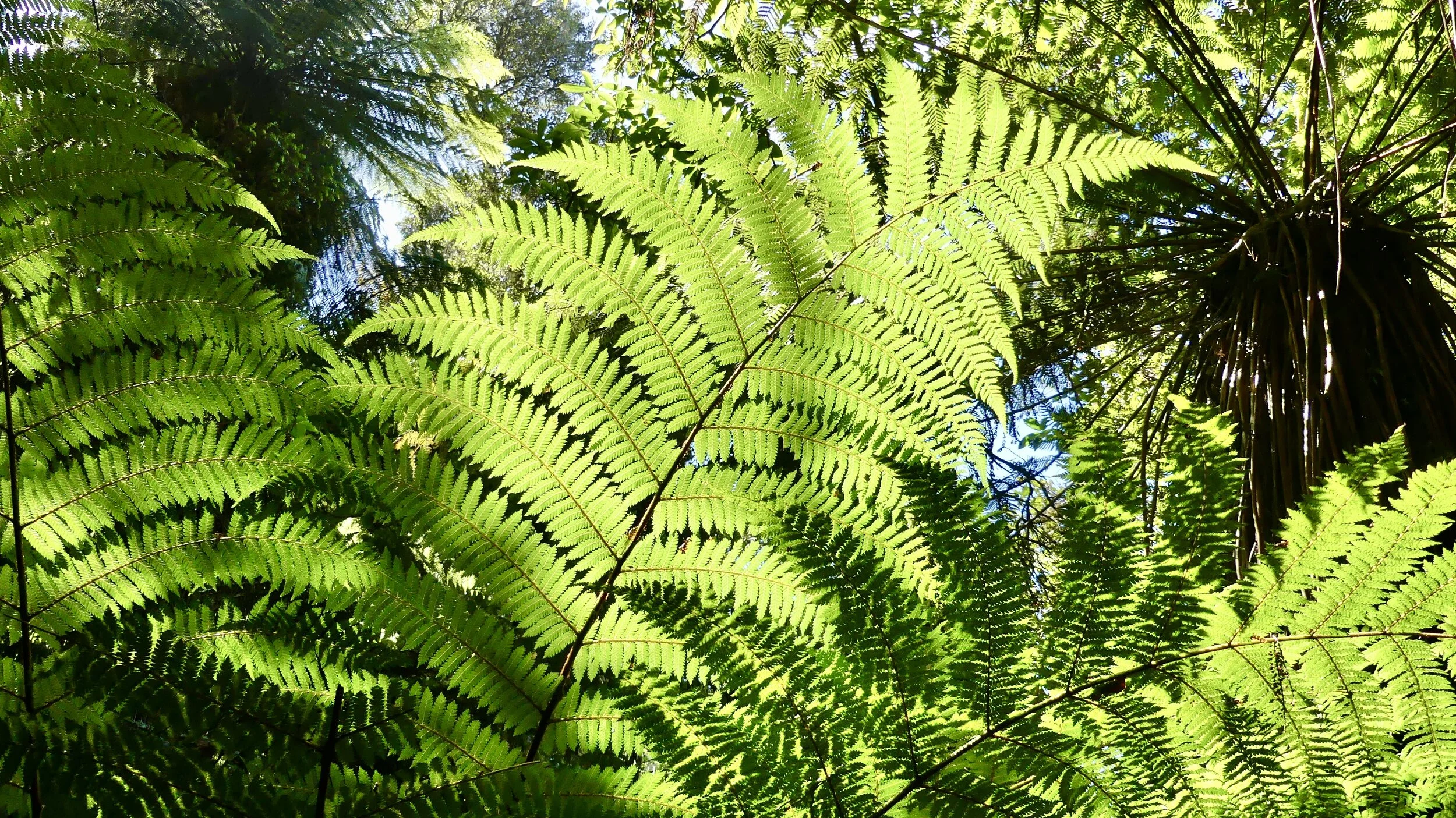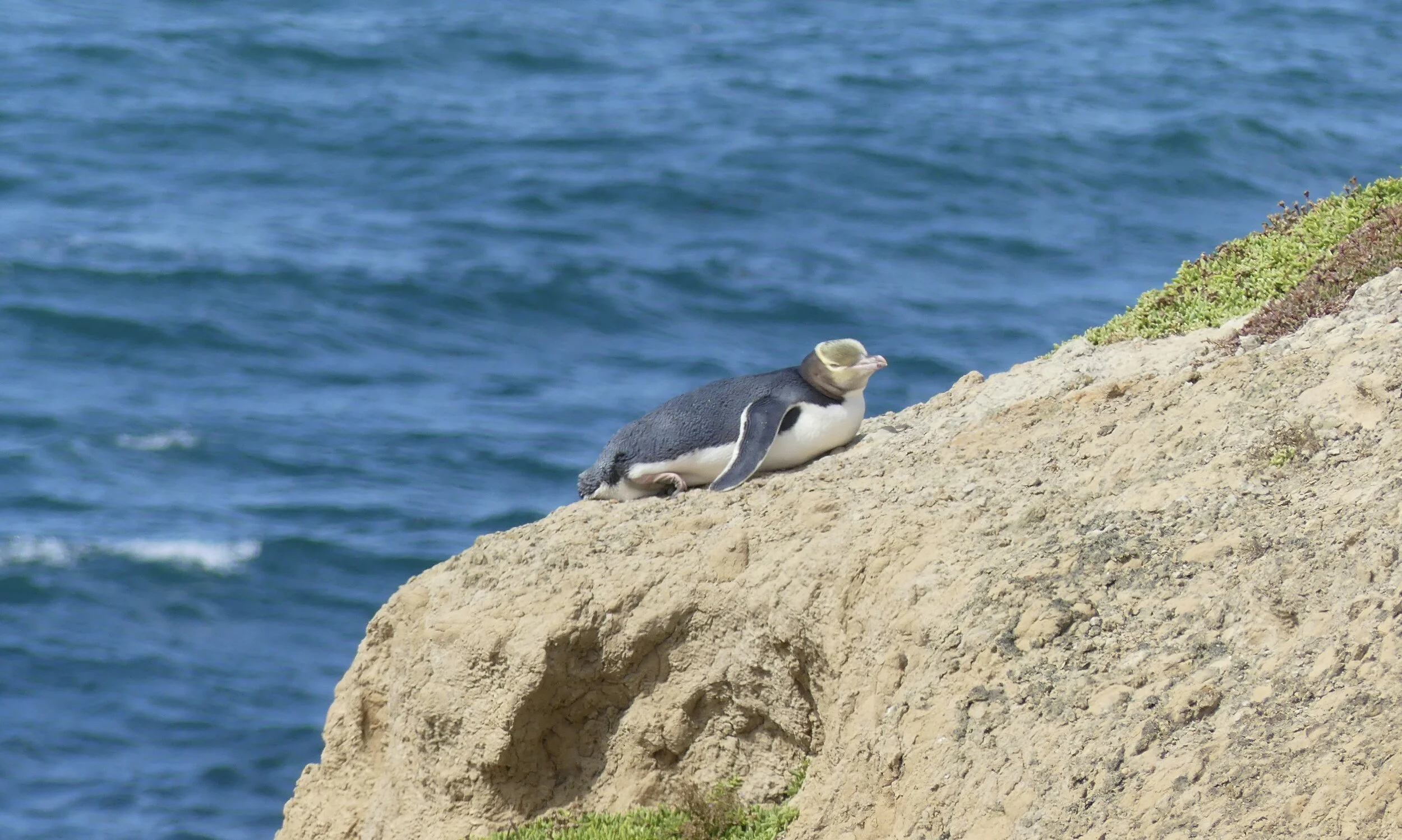Dunedin
According to one dictionary, ‘many moons ago’ is an old-fashioned way of describing a long time past. In these trying times, however, when just about everybody talks roadmaps, pivoting and, like, moving forward, the passage of time in terms of lunar cycles is refreshingly quaint and underused.
So, many moons ago, I worked with a lovely lass from Dunedin in a well-known Covent Garden publishing house in London. They were good times, amid a team of people I remember fondly. By the parting of our work ways, I had acquired a list of must-dos on South Island. By the time I moved to Brisbane many years later, my friend had settled back home in Dunedin with a young family. We met up in Brisbane a couple of times when they were holidaying in Queensland, but it took me an almost unforgivably long time to get to Dunedin.
The main urban centre of Otago Region, Dunedin is South Island’s second-largest city. The area is thought to have been settled by Māori between 1250 and 1300 CE. The first European settlement was founded by Scots in 1848 – the city’s name derives from the Gaelic for Edinburgh, Dùn Eideann – and during the next half-century thousands more arrived. The city’s Scottish heritage is much in evidence.
Pink granite from Aberdeenshire
A couple of times in Brisbane, we watched The Highlanders play Queensland Reds in Super Rugby, which is a southern hemisphere competition.
There are do-not-miss items in Dunedin even if, like us, you have a couple of days max. We were fortunate to briefly share the lives of a New Zealand family – I shall call them Poppy’s family – who gave us excellent tourist tips, for Dunedin and beyond.
First up was the city’s magnificent station. I love wide, almost endless platforms accommodating long passenger trains that may no longer puff nor whistle but retain the promise of new or exotic destinations.
Dunedin’s first rail link was to Christchurch, in 1878; then south to Invercargill a year later. There were always plans for a grand-scale main station on Cumberland Street to serve a growing and increasingly diverse industrial and commercial centre, with gold and coal fields nearby and a hinterland producing livestock and timber. But a temporary weatherboard construction ended up serving purpose – while funds were raised and the logistics of building in a busy station sorted – into the next century, construction beginning in 1903.
The station’s striking appearance is thanks to dark-coloured local basalt and whitestone (limestone) from up the road at Oamaru. Pink pillars supporting the colonnade at the front used Scottish Peterhead granite; the roof’s terracotta tiles were sourced in Marseilles; 750,000 tiles on the floor of the booking hall came from Staffordshire potteries; and the porcelain frieze around the balcony is Royal Doulton. Inside is every bit as impressive as outside; grander than grand. The architectural style is Flemish Revival, I read; my travelling companion described it as over-the-top Victorian.
I badly wanted to book for The Seasider
A conveniently short walk further into town was Toitū Otago Settlers Museum, where we had a coffee and were approached by an anything-but-quiet American who wanted to talk cameras. He was travelling the world in a plague ship: I didn’t know then what I know now.
As the name suggests, it’s a regional museum, and very interesting, which necessitated hard choices. If we’d had a week in Dunedin we could have taken The Seasider, spent a whole day with the Settlers, and surveyed city and harbour from Signal Hill. As it was, albatrosses were calling.
It was too dark in many of the rooms for useful photographs, but I had to try. Cobb & Co coaches arrived in Dunedin in 1861, and reduced the travelling time to Gabriels Gully in the gold fields from two days to nine hours. These modern metal horses capture perfectly the urgency of the ‘Gold Gold Gold’ rush described by the Otago Witness the same year.
In theory, it only takes 40 minutes or so to drive from the Settlers Museum to the Royal Albatross Centre at Taiaroa Head on the Otago Peninsula; that is, if Portobello Road isn’t being resurfaced!
The Northern Royal Albatross is a striking creature: its face is pure white, almost featureless, benign and beautiful. I felt enormously privileged to be there, observing them. They had the same kind of effect on me as Humpback Whales did when I first saw them up close. Not easy to describe, it’s a combination of awe, respect, and raw emotion. This article is old, but still provides a good insight into a remarkable bird.
One of the largest seabirds in the world, and among the longest-living, the Royal has a wingspan of at least three metres. We booked an official tour at the Centre, the only way of looking over the nesting area: there were four nests, three with chicks. Albatrosses spend most of their lives at sea, and only come on land to breed: this is their only mainland breeding colony. When the first male arrives to start nest-building in September, word spreads quickly and all the bells in Dunedin ring, which was the best thing I heard all day. Talk about a community valuing nature, eh?
Photo courtesy of my travelling companion
The Albatross Centre is in the Taiaroa Head Nature Reserve, a windswept headland much of the time, which the birds love, of course; it helps them soar more easily. The first Albatross egg was found on the headland in 1919, although it was another almost 20 years before the first live fledgling was confirmed. Today, some 30 pairs breed at Taiaroa, about 1 per cent of the total number of Royals. The rest breed on the Chatham Islands, a New Zealand Territory 800 km east of South Island. We walked a little in the Reserve.
Did they know each other was there?
The sign above made me smile. I often worry that animals lying motionless for prolonged periods are dead rather than asleep! I was concerned the Yellow-eyed Penguin on the cliff at Katiki Point was poorly: it didn’t move for a couple of hours while we were there and was too close to the path.
Above and below: views from an Albatross’s nest
A detour to Allans Beach on the more remote south coast of the Otago Peninsula had been recommended as a wild beach: wild weather and wild life, that is. It was well windy; Albatross wheeling weather. We cut across the Peninsula from Portobello to Hoopers Inlet, then on to Allans.
Above and below x 2: Hoopers Inlet
Cape Saunders
New Zealand Fur-seal: the boss
On the wild side
Pied Stilts
There’s always one: this thoughtless numpty shouldn’t have had a dog in Allans Beach Reserve, and he should not have walked between the seal and the sea in case it needed to make a quick getaway.
Back on Portobello Road, the roadworkers had mostly packed up for the day. I didn’t notice the ship at first, gliding on its way to the ocean. Dunedin sits at the inner end of the 20-km-long Otago Harbour. The inlet and hills surrounding the city were part of a huge shield volcano 10 million years ago. The deep-water natural harbour has provided sanctuary and shelter for wildlife, early settlers, sealers, whalers, fishers and commercial shipping for eons.
Next day we didn’t have far to travel to our next destination, Kaka Point in The Catlins, so we returned to Dunedin’s city centre, The Octagon, for a couple of hours before heading off. If, like me, you’re a lifetime fan, you’ll find the All Blacks Shop, as I prefer to call it, at 8 George Street. I had to buy a small ball for a tiny boy by the name of Angus.
St Paul’s Cathedral
#OutAndAboutDunedin
We thoroughly enjoyed our time in Dunedin and the Otago Peninsula: from a big city to remote beaches; albatrosses and other animals; and a wonderful welcome from Poppy’s family on what for them were school and working days. You elevated a fine holiday into a great Kiwi experience: thank you all!
Poppy on deck



